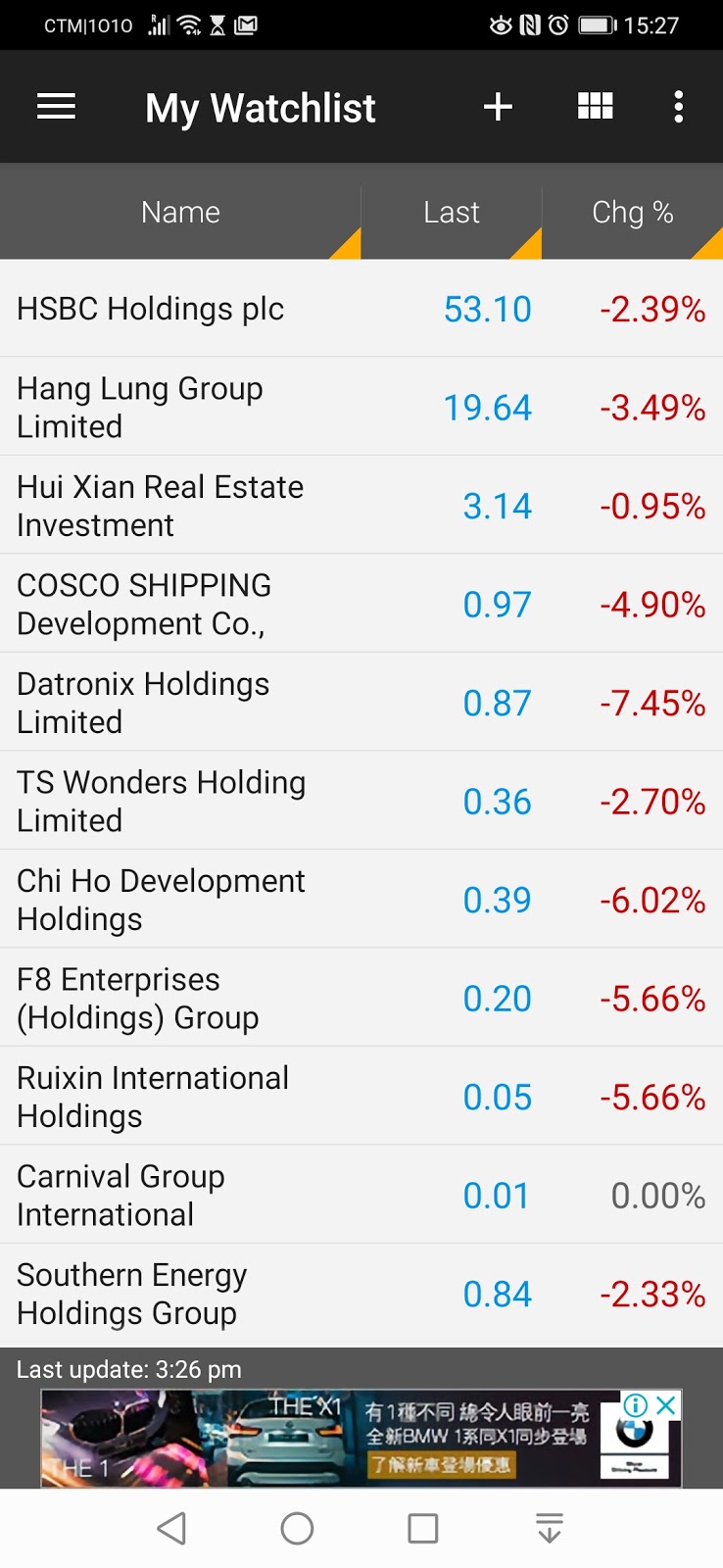The collapse of America's thrift industry
These were the actual words which Alan Greenspan wrote in his latest book when he was describing the economic picture in the era just after the first Gulf War. Reading thus, it's amazing to learn how similarly repetitive events in history could play out. The exact plots might be different every time, but the climax is almost the same - a state of credit crunch in which lenders stopped lending money to investors.
Comparisons and contrasts can be spectacularly interesting:
Then , years of stubborn inflation led to the scene;
now, years of sustained low interest rates play the role.
Then, the investment party played with real-estate projects;
now, they play with housing mortgages.
Then, savings and loans institutions were forced to collapse with the soaring cost of deposits as a result of inflation;
now, on the contrary, banks run into trouble when subprime mortgage borrowers fail to pay up.
Then, there were more stories of fraud, in which investors were misled through sham real restate transactions and worthless junk bonds;
now, though the subprime mortgage backed securities are not sham as such, the proliferation and globalization of these products readily render their risks obscure to most investors in the process, hence perhaps not far from being sham by nature.
Then, distressed assets were bundled and sold like car-boot items to vulture funds and the likes of them, clearing up the mess;
now, the big three banks are trying to group together as an entity as the lender of last resort for the distressed structured investment vehicles.
It will surely be even more intriguing with more eras of financial crisis brought in for studies and comparisons.
Comparisons and contrasts can be spectacularly interesting:
Then , years of stubborn inflation led to the scene;
now, years of sustained low interest rates play the role.
Then, the investment party played with real-estate projects;
now, they play with housing mortgages.
Then, savings and loans institutions were forced to collapse with the soaring cost of deposits as a result of inflation;
now, on the contrary, banks run into trouble when subprime mortgage borrowers fail to pay up.
Then, there were more stories of fraud, in which investors were misled through sham real restate transactions and worthless junk bonds;
now, though the subprime mortgage backed securities are not sham as such, the proliferation and globalization of these products readily render their risks obscure to most investors in the process, hence perhaps not far from being sham by nature.
Then, distressed assets were bundled and sold like car-boot items to vulture funds and the likes of them, clearing up the mess;
now, the big three banks are trying to group together as an entity as the lender of last resort for the distressed structured investment vehicles.
It will surely be even more intriguing with more eras of financial crisis brought in for studies and comparisons.



Comments